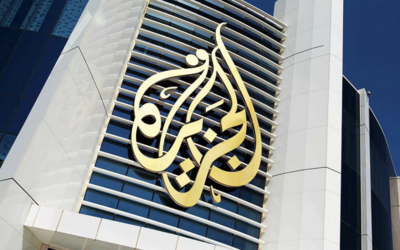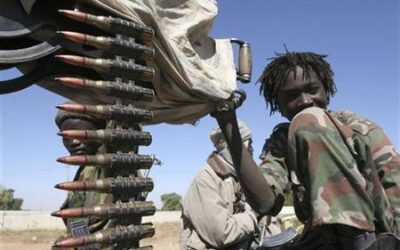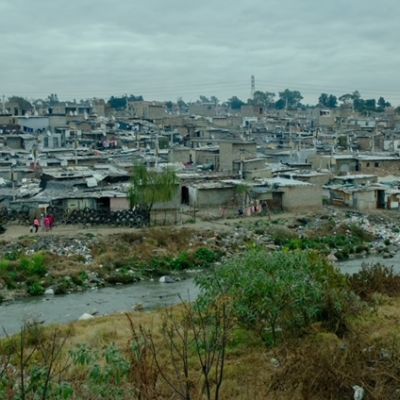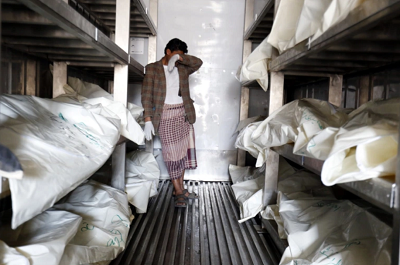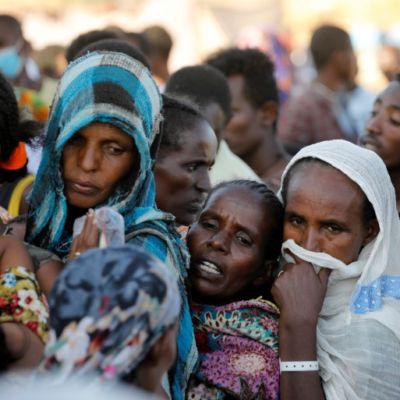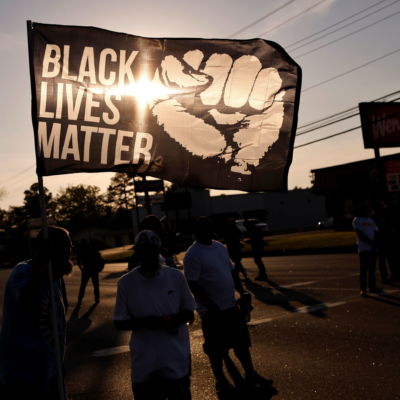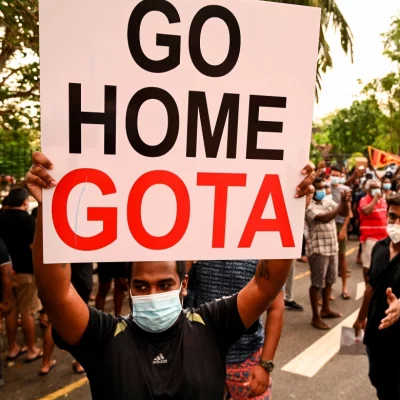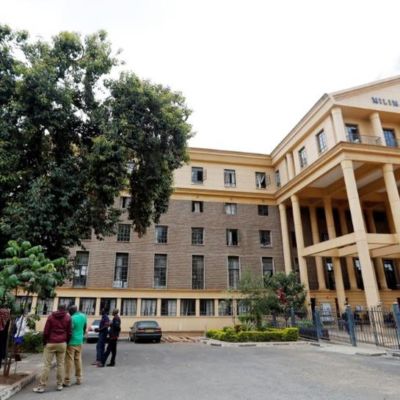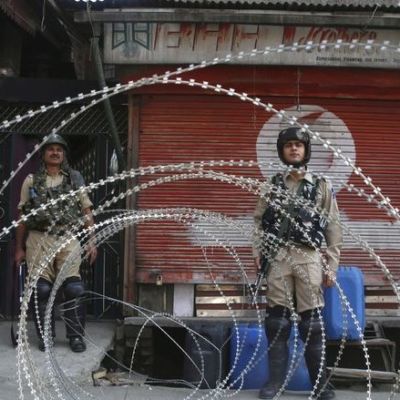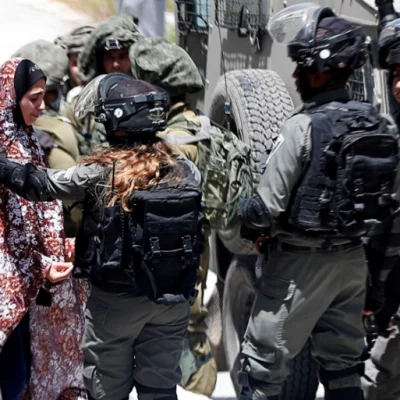Human Rights Watch: Torture persists in Myanmar
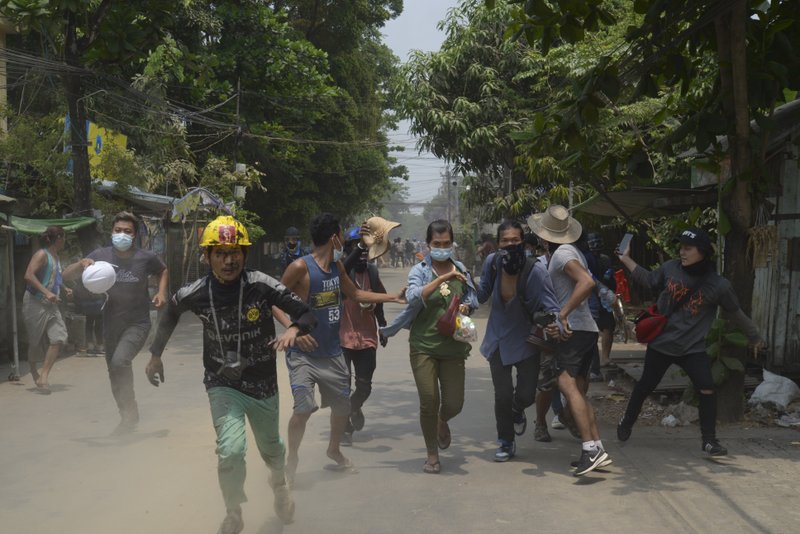
Anti-coup protesters in Yangon, Myanmar in March 2021 [AP}
In a new report Human Rights Watch finds that Myanmar’s security forces have arbitrarily detained thousands of people and subjected many to torture and other ill-treatment.
One of the torture victims HRW spoke to is a 17-year old boy who described beatings and being burnt by cigarettes. The military arrested him in early May during a night raid of his home and accused him of being the ringleader of a protest group. The 17-year-old boy said he was beaten for days while blindfolded and was forced into a pit, then buried up to his neck in a mock burial.
In another case, police arrested Yuki Kitazumi, a Japanese journalist, on April 19. He was held at Insein prison. After his release Kitazumi told Human Rights Watch that other prisoners he was incarcerated with told him they were brutally tortured at a military-run holding facility before being sent to Insein prison.
Phil Robertson, deputy director of Human Rights Watch’s Asia Division said to Al Jazeera: ‘Successive Myanmar military that held power between 1962 and 2010 had a long track record of using torture against persons held in custody, and it looks like the new military SAC regime is continuing those practices as part of their effort to destroy the rapidly expanding Civil Disobedience Movement (CDM) in the country. Police and military interrogators regularly beat and kick detainees, burn them with cigarettes or other hot materials, and use stress positions and sleep deprivation to extract information. Women, girls, and transgender women face sexual abuse, including rape. There have already been quite a few cases of political prisoners, including local leaders of the National League for Democracy (NLD) party, being tortured to death in custody and then relatives told to pick up the body at a local military hospital. Even after the person is dead, the abuse doesn’t stop, as a number of bodies have been returned with organs missing, and local officials often compel relatives of the deceased to sign statements that hold the military blameless in the death as part of the deal to get their loved one’s body returned.’
Torture centres
Sources interviewed by HRW said security forces often transported detainees to police precincts or military interrogation facilities, where they would be beaten and forced to stand, kneel, or lie in stress positions for hours. Torture is also routinely occurring in various other interrogation centres.
Speaking to Al Jazeera, Manny Maung, Myanmar researcher at Human Rights Watch said: ‘Not only are the same practices from the previous junta being used to torture people but this is happening in the same facilities that many of us thought were defunct. Military-operated holding facilities, interrogation centers and even private quarters on government and military bases are now in use again to interrogate and torture people even before they are taken into the prison systems’
Lack of accountability
According to Robertson: ‘The entire set of practices [of torture] is held together by the top junta officials giving the green light to subordinates to commit atrocities as part of the campaign to capture the CDM ringleaders, independent media reporters, and NUG activists and leaders, and force them to end the resistance to the coup group. Those front line police and soldiers know they will not be held accountable for whatever they do to people they arrest and interrogate, but that failing to get timely information is considered a failure – so they use whatever means they decide necessary to force information out of people.’
Maung added: ‘The international community needs to stop hesitating and decisively act in a unified way after months of atrocities and grave human rights abuses by the junta’s security forces. Since the coup, HRW has been calling for governments to enhance and impose targeted sanctions on senior military officials, as well as any military-owned enterprises and their subsidiaries.’
- Most Viewed
- Most Popular


